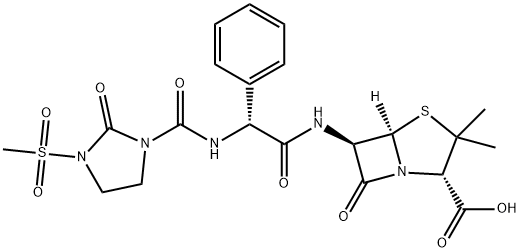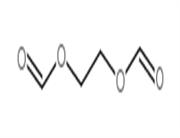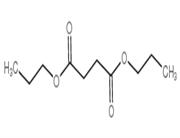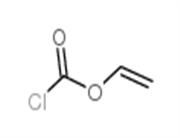Mezlocillin
$ 1.00
/1KG
- Min. Order1KG
- Purity99%
- Cas No51481-65-3
- Supply Ability10000KGS
- Update time2020-01-01

career henan chemical co
VIP7Y
 China
China
Enterprise Verified
Business Bank account
Basic Contact Infomation
Business Address
Trade Company



Chemical Properties
| Product Name | Mezlocillin |
| CAS No | 51481-65-3 |
| EC-No | |
| Min. Order | 1KG |
| Purity | 99% |
| Supply Ability | 10000KGS |
| Release date | 2020/01/01 |




